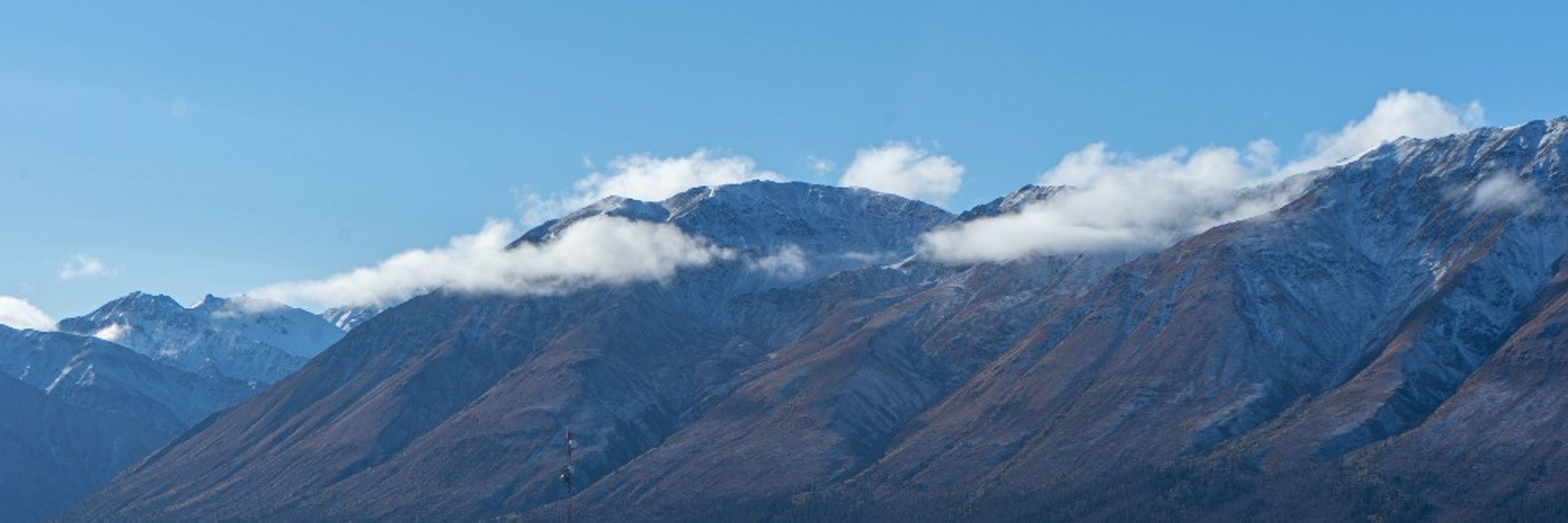
opentopography.org/news/opentop...
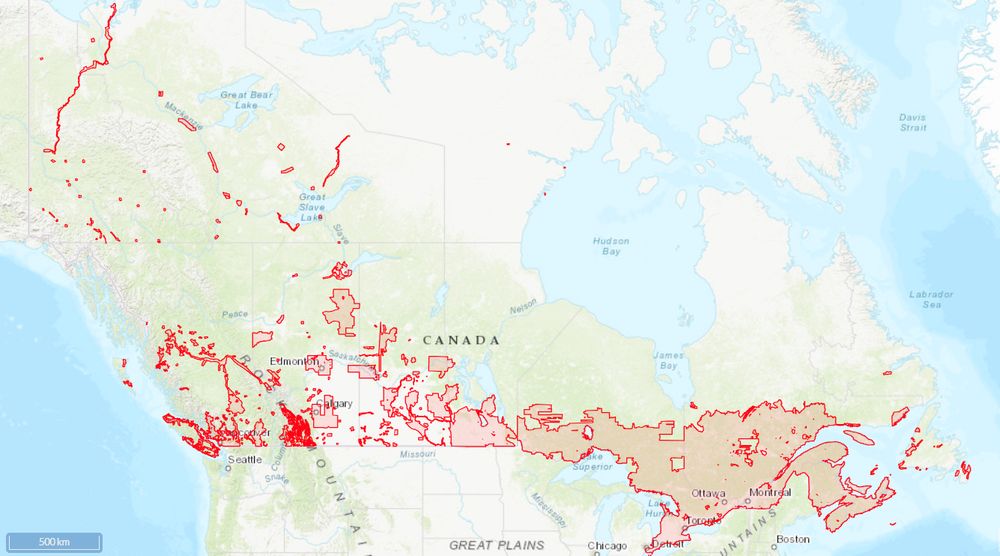
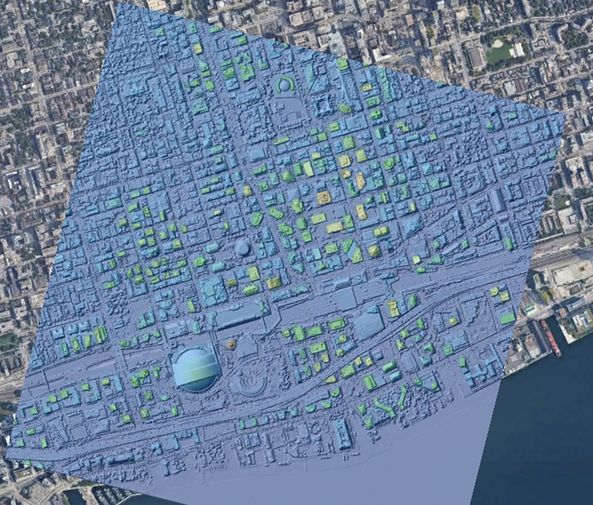
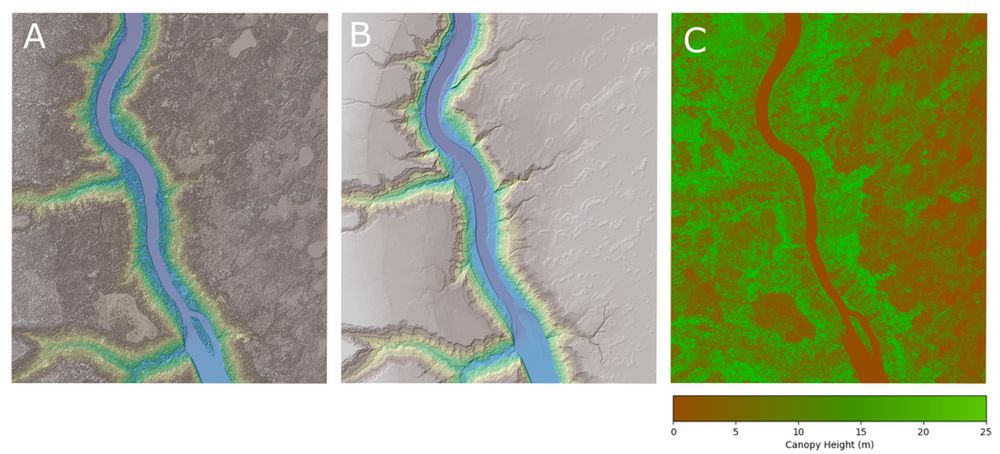
opentopography.org/news/opentop...



opentopography.org/news/opentop...
The Tintina fault is a major right-lateral fault, stretching ~1000 km across the Yukon, and having slipped a total of ~430 km in its lifetime. It's generally thought to have been inactive since the Eocene.

The Tintina fault is a major right-lateral fault, stretching ~1000 km across the Yukon, and having slipped a total of ~430 km in its lifetime. It's generally thought to have been inactive since the Eocene.
doi.org/10.1029/2025...
@faultydata.bsky.social @earthquakeguy.bsky.social @thatfaultguy.bsky.social @tephrafan.bsky.social
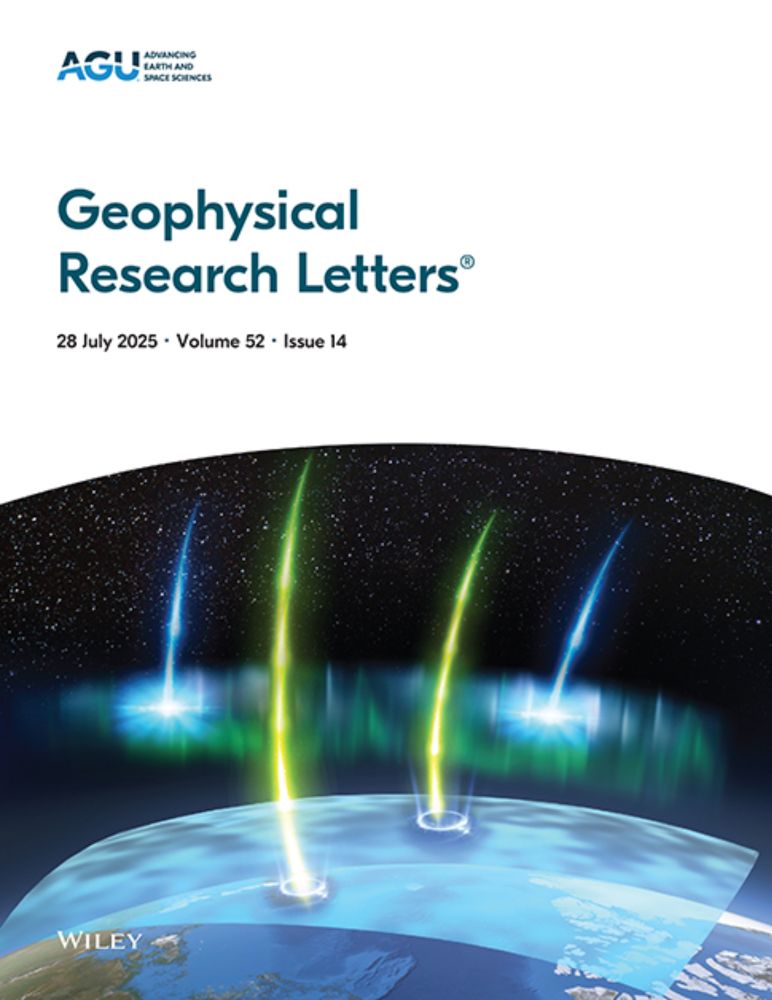
doi.org/10.1029/2025...
@faultydata.bsky.social @earthquakeguy.bsky.social @thatfaultguy.bsky.social @tephrafan.bsky.social
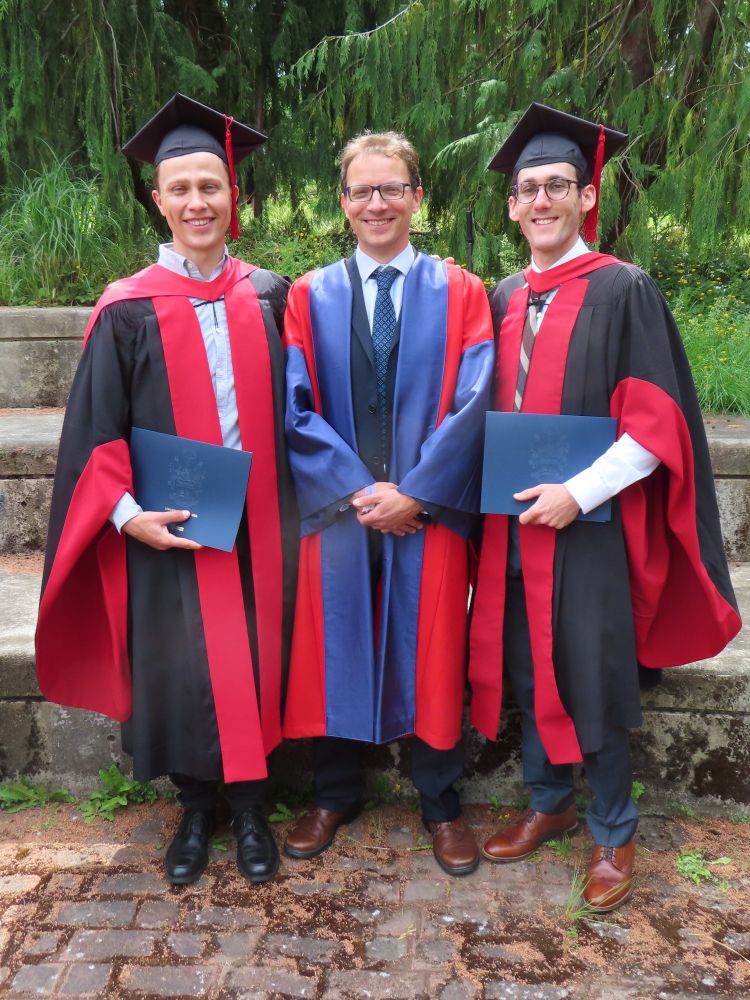
Ironically it’s the first I’ve felt around here since Nisqually 2001, when I was in grade 1. An education book-ended by earthquakes!
Details/report shaking:
www.earthquakescanada.nrcan.gc.ca/recent/2025/...
⚒️🧪


Ironically it’s the first I’ve felt around here since Nisqually 2001, when I was in grade 1. An education book-ended by earthquakes!
Consider submitting to our session (#33) "Neotectonics and Geohazards of the Interior Alaskan and Canadian Cordillera" !
meetings.seismosoc.org/wp-content/u...
Consider submitting to our session (#33) "Neotectonics and Geohazards of the Interior Alaskan and Canadian Cordillera" !
meetings.seismosoc.org/wp-content/u...
Consider submitting to our session (#33) "Neotectonics and Geohazards of the Interior Alaskan and Canadian Cordillera" !
meetings.seismosoc.org/wp-content/u...



